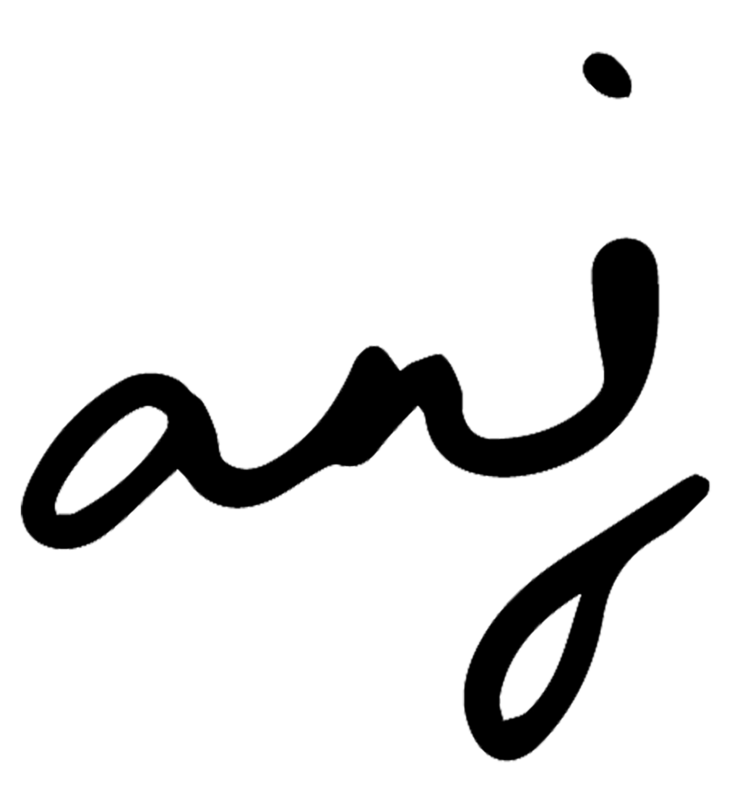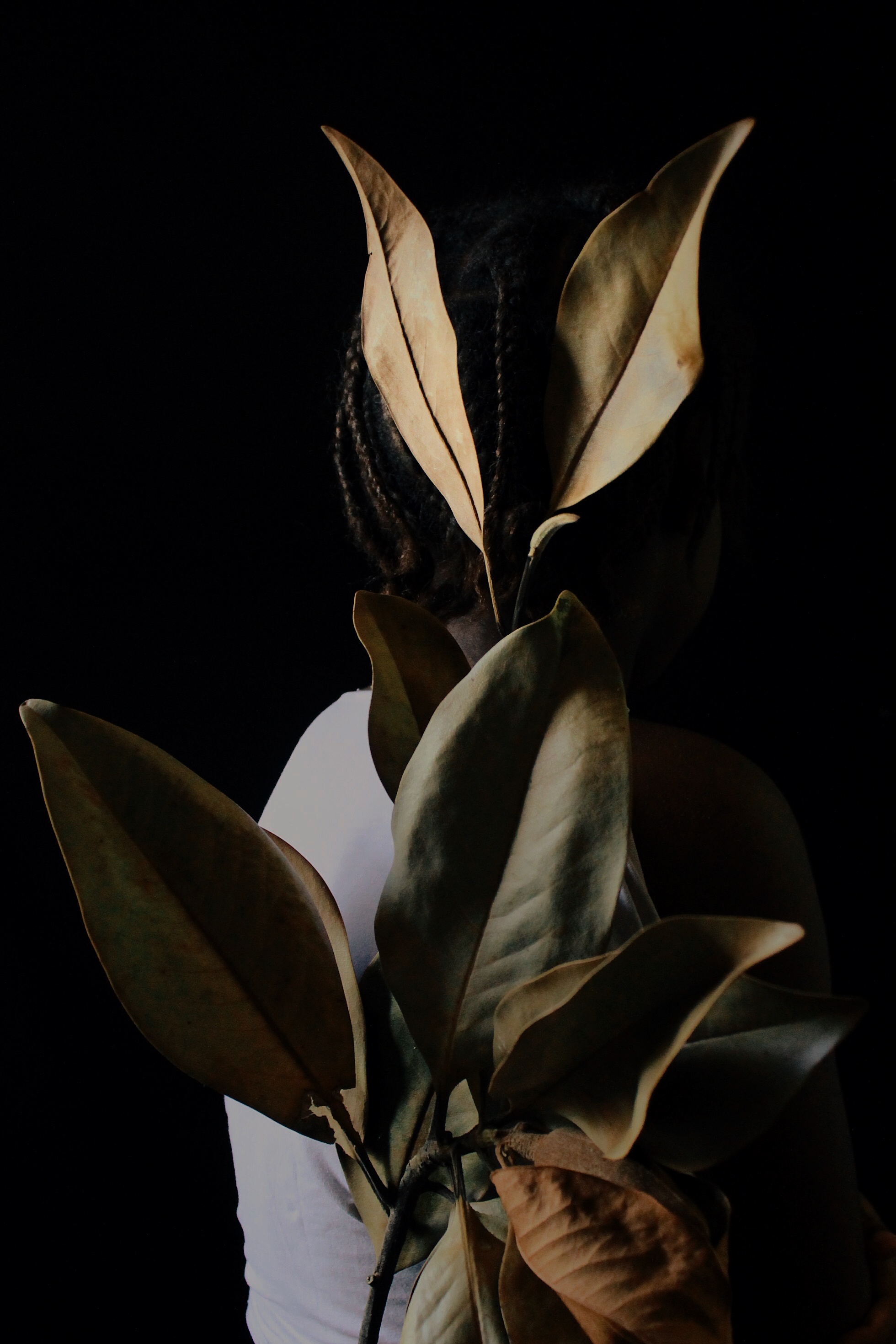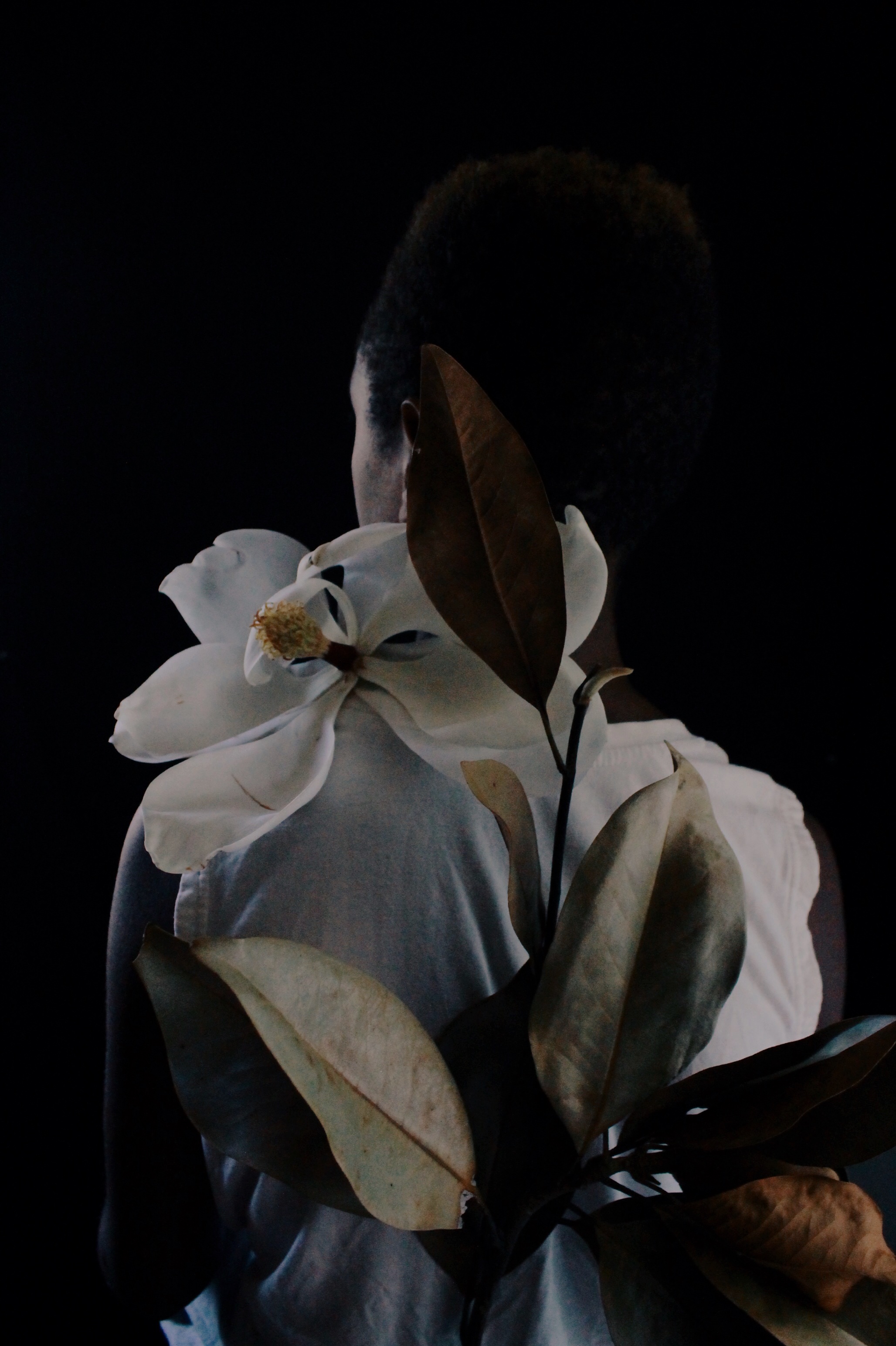I remember going to baseball game here in Winston two years ago and helping a little boy with the ketchup for his hotdog because he couldn't reach the dispenser. I smiled at his father as he came over to join us, and my smile quickly vanished as he pulled his son, with a little more force than I thought appropriate, away from me. I wondered if it were racism, skittishness over strangers, or his son’s proclivity to roam that made him do it, but as with most interactions with people of different races, I elected not to decide on what would make me feel the worst. I have never forgotten that experience nor his father's tense face as he pulled the boy and his half-dressed hotdog away into the crowd.
I didn't know how to best articulate my experiences as a southern woman because being southern, for me, feels like a weight. And you often don't know what it means to feel southern until you're somewhere else.
I remember on my first visit to LA thinking, "Why are these people so approachable" instead of my occasional sticky feeling of, “no false moves, you’re the only black person/one of few black people in the room.”
North Carolina’s state flower (the dogwood) bloomed this spring just as I was thinking about this series, and since I love florals, I gathered some from the trees to complete this mask which is modeled elegantly by Jekea Scott; This session is called South.
What if the Hecate, Greek goddess of crossroads, took the form of a dogwood blossom and performed a séance with you one morning at your kitchen table?
My dearest friend Bailey Pittenger is a supreme poet and true Southern woman. In her poetic contribution titled Hecatic Séance Q & A, she powerfully articulates this dream-like interaction.
In this poem a dogwood blossom is a threshold. “It guards the entrance between life and death, present and past. It's the conglomeration of what it means for a woman to be a "crossroad" in the south.”
Excerpt:
The one thing I will say is that the south carries more than any other space, she continues, I guard the south, but men tamed me. Geographically, you ask. Societally, she answers, don’t compare your mountains to others. You’re every southern woman when you have a voice that speaks on as many levels as the rings in a tree, you’re every southern woman when you know what it is to not have a face, you’re every southern woman when you answer to every cry for help, you’re every southern woman when you try to piece ourselves back together. Was it necessary to shoot us so many times, you break.











